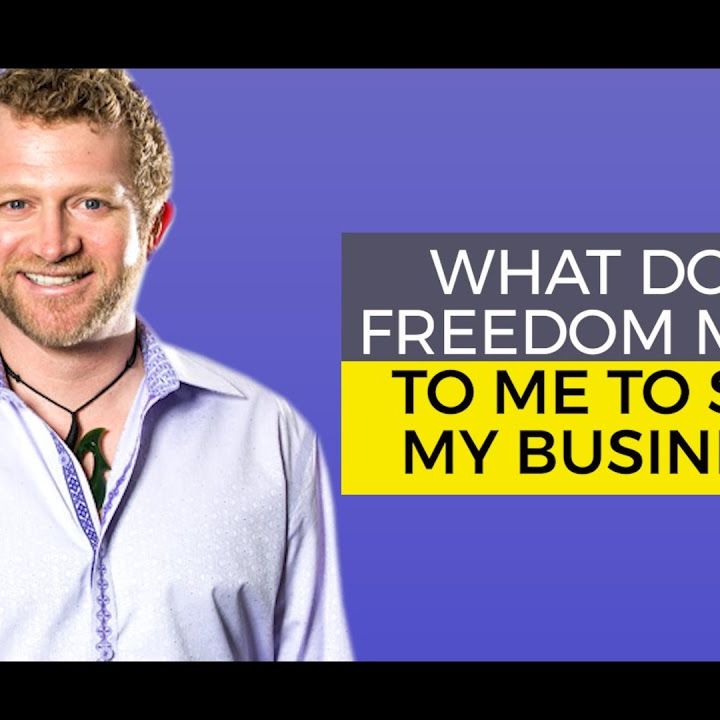If you consider this on a supply & demand basis, the supply of capital has actually increased substantially. The implication from this is that there's a great deal of sitting with the private equity companies. Dry powder is generally the cash that the private equity funds have raised however haven't invested.
It doesn't look great for the private equity companies to charge the LPs their exorbitant fees if the cash is just sitting in the bank. Companies are becoming far more advanced also. Whereas prior to sellers may negotiate straight with a PE company on a bilateral basis, now they 'd work with investment banks to run a The banks would contact a ton of possible buyers and whoever wants the company would need to outbid everybody else.
Low teens IRR is ending up being the new typical. Buyout Methods Pursuing Superior Returns Because of this magnified competitors, private equity companies have to discover other options to differentiate themselves and achieve remarkable returns. In the following areas, we'll discuss how financiers can accomplish superior returns by pursuing particular buyout techniques.

This gives rise to chances for PE buyers to acquire companies that are undervalued by the market. That is they'll purchase up a small portion of the business in the public stock market.
Counterintuitive, I know. A company may wish to go into a brand-new market or release a brand-new job that will provide long-lasting value. They might think twice because their short-term earnings and cash-flow will get hit. Public equity investors tend to be really short-term oriented and focus intensely on quarterly incomes.

Worse, they may even end up being the target of some scathing activist investors (). For beginners, they will minimize the expenses of being a public business (i. e. paying for annual reports, hosting annual investor conferences, filing with the SEC, etc). Lots of public companies also do not have an extensive method towards cost control.
Non-core sections generally represent an extremely small portion of the parent business's total earnings. Since of their insignificance to the overall company's performance, they're usually neglected & underinvested.
Next thing you know, a 10% EBITDA margin business just expanded to 20%. That's very powerful. As rewarding as they can be, business carve-outs are not without their disadvantage. Consider a merger. You know how a great deal of business face problem with merger combination? Very same thing goes for carve-outs.
It requires to be thoroughly handled and there's big amount of execution danger. But if done effectively, the advantages PE firms can reap from business carve-outs can be remarkable. Do it wrong and just the separation procedure alone will kill the returns. More on carve-outs here. Purchase & Build Buy & Build is a market debt consolidation play and it can be really successful.
Partnership structure Limited Collaboration is the type of partnership that is relatively more popular in the US. These are generally high-net-worth people who invest in the company.
GP charges the collaboration management charge and has the right to get carried interest. This is known as the '2-20% Payment structure' where 2% is paid as the management cost even if the fund isn't successful, and then 20% of all proceeds are gotten by GP. How to categorize private equity firms? The main category requirements to classify PE firms are the following: Examples of PE companies The following are the world's leading 10 PE firms: EQT (AUM: 52 billion euros) Private equity financial investment methods The procedure of understanding PE is easy, however the execution of it in the physical world is a much hard job for an investor.
The following are the significant PE financial investment methods that every investor ought to know about: Equity methods In 1946, the 2 Venture Capital ("VC") companies, American Research and Development Corporation (ARDC) and J.H. Whitney & Business were established in the United States, therefore planting the seeds of the United States PE industry.
Foreign investors got attracted to reputable start-ups by Indians in the Silicon Valley. In the early phase, VCs were investing more in manufacturing sectors, however, with new developments and trends, VCs are now buying early-stage activities targeting youth and less mature companies who have high growth capacity, especially in the innovation sector (tyler tysdal).
There are a number of examples of start-ups where VCs add to their early-stage, such as Uber, Airbnb, Flipkart, Xiaomi, and other http://conneryxju236.bravesites.com/entries/general/7-most-popular-private-equity-investment-strategies-in-2021-tyler-tysdal high valued start-ups. PE firms/investors select this financial investment technique to diversify their private equity portfolio and pursue larger returns. However, as compared to utilize buy-outs VC funds have actually produced lower returns for the financiers over current years.